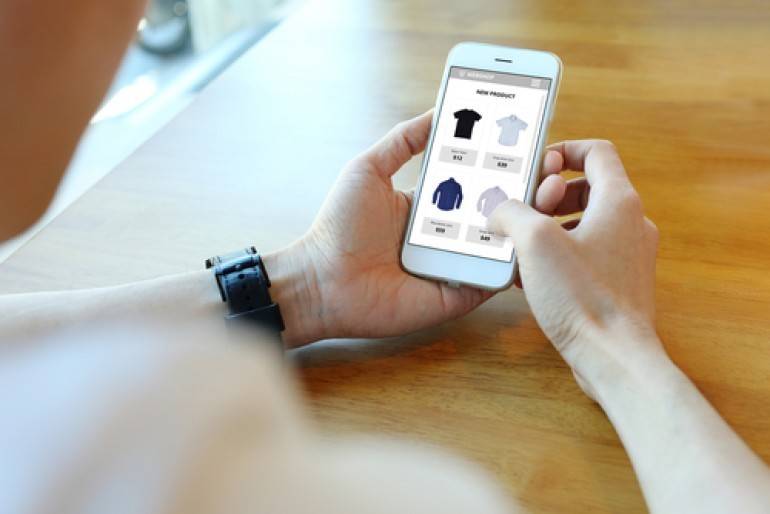The traditional UK town High Street used to be the place to go for almost all your shopping needs.
High Streets were thriving places with big well-known names dominating the best commercial spaces, such as British Home Stores, Woolworths, Dolcis, Freeman Hardy and Willis and Littlewoods. Most of these iconic names have now disappeared, unable to keep up with the unpredicted shift to out-of-town shopping centres and the swift arrival of online shopping.
One big name that made it through though was Argos, a much loved UK store that many of us have been using for decades! The infamously heavy Argos catalogue was a permanent fixture in most peoples’ homes and THE place to turn to for most of the items we needed. Argos was quite ahead of its time really, having relatively small shop fronts where we were required to place our order through a cashier and then wait for someone to go out the back and fetch the items. Argos didn’t need lots of shop space to showcase their products as everything was stacked away in boxes in storerooms.
With its lack of sales racks to browse, Argos stood out from the rest of the crowd of High St retailers in their business model. Littlewood’s Index operated a similar kind of model but couldn’t keep up with the competition from Argos and went bust in 2005. In a strange and familiar way, that Argos shopping model that we grew up with is VERY similar to the online shopping culture that we have embraced today. Nowadays, we are quite happy to browse a website (in effect an online catalogue), place our order, pay in advance and then wait for our products to be delivered. Did our Argos shopping experiences subliminally program us, I wonder?
Argos stores can still be found located everywhere across the UK, still using their faithful High Street model. The stores are now sleek, modern and have helpful self-service kiosks where shoppers can browse, place their orders and pay. There are cheery staff on hand to help you navigate the technology if needed, and then again more staff behind the counter to collect your goods from the back storerooms and hand them to you. Having friendly, face to face interaction is still very important to many people; Argos recognises that, and it’s not going away fast.
However, Argos doesn’t rest on its laurels; the company operates an omnichannel approach to its business and as well as its physical stores, uses digital technology to its full advantage. The Argos website and app have been carefully designed and built to create intuitive, easy browsing and shopping experiences that fulfil the most neediest of customers. You can check stock levels at your nearest store, click and collect within 4 hours at a store that suits you, or choose Fast Track delivery.
With Argos in direct competition with the mega giant Amazon, it has to remain ahead of the game in using tech trends and how it operates online. Having competitive prices is simply not enough – today it’s about providing the best user experience too! Online shoppers are savvy customers and want a helpful, convenient and obstacle free shopping experience. Anything that assists customers quickly and easily find the best available products with the best user ratings AND at the best market prices is very much expected!
Argos realises how fickle us online shoppers are, and that we need help making some of our purchasing decisions or we’ll click away. Using technology such as Augmented Reality (AR) helps in that decision making, by providing customers with the facility to see products in their own home settings before they purchase. For example, a sofa can be positioned in someone’s lounge, in different colours and materials. This makes customers happier and more confident in their purchasing choices, which in return helps retain customer loyalty.
Argos is committed to being with us in the long run. With it’s forward thinking and loyal customer base that has been built since the early 70’s, it is well positioned to do so.


